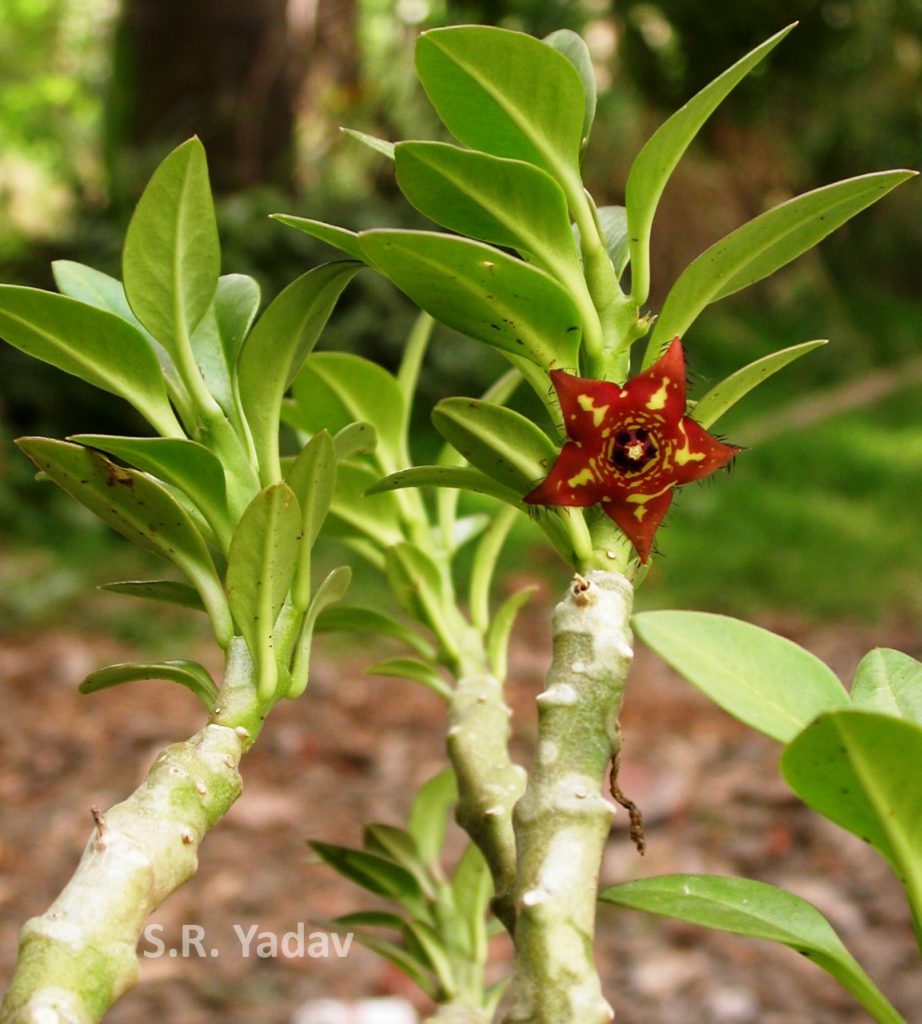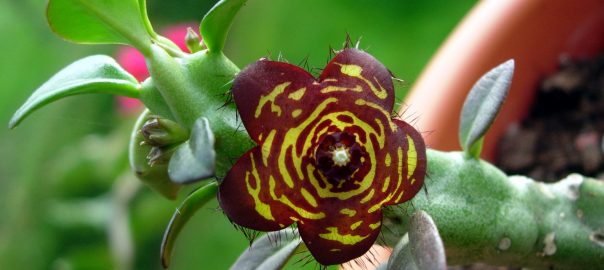The Frerea indica plant was first discovered in Shivneri Fort of Maharashtra’s Junnar region in Pune in 1865. It was first documented by British scientist Nicol Alexander Dalzel and scientifically named Frerea indica Dalzell after him. But now, 154 years later, in honour of the state and the place of its discovery the plant is set to be officially named Shiv Suman, literally meaning ‘flower of Shivaji,’ the great ruler who was born in Shivneri Fort.
Also Read: 132 Species of Plants and Animals Critically Endangered in India
Frerea is a critically endangered plant and was once placed in the list of the 12 most threatened plants in the planet by IUCN. It is found on the bare rocks and hill slopes of only a few regions of Maharashtra namely –
- Ahmednagar (Randha falls),
- Pune (Junnar: Shivneri fort; Purandhar: Vajirgad; Mulshi: Dongarwadi, Pimpari lake),
- Raigad (Shivtharghal),
- Satara (Mahabaleshwar: Kate’s point; Sajjangad),
- Nasik (Trymbakeshwar, Anjaneri hills).
However, unlike many other threatened species of animals and plants, this particular flowering plant has thrived thanks to the efforts of numerous NGOs, the Botanical Survey of India (BSI) and organisations like Naoroji Godrej Center for Plant Research where the plant has been propagated through seeds and cuttings. More than 100 pots are also being maintained in Shivaji University in Kolhapur.
Extraordinary Adaptations
There is an unusual characteristic of the plant that has been noted by the botanists. Much like the great ruler Shivaji of Maratha Empire who was known to use the rocky terrain of Maharashtra to his advantage and adapt skilfully to the situation during warfare, the plant adapts to its way of life in the conditions of the rocky and hilly terrain where it grows.
During drought period the leaves fall and the stems curl into thick succulent knots with thick upper surface with a sliver grey colour. Vultures often mistake this for worms. During monsoons, the leaves are back and so are the enchanting cherry-red flowers with yellow spots.
Also Read: World’s Oldest Plant Fossil Discovered in India
Adopting the Local Name
The decision to adopt the local name of the flowering plant was taken jointly by 30 NGOs, the forest department, Pune Municipal Corproration and the Botanical Survey of India. The formal christening will be done in a function in August as monsoons begin.
Sachin Punekar, the founder of Biospheres, a local NGO, says that adopting the vernacular language name Shiv Suman of the plant is a way to commemorate the Maratha King as well as bring about a standardisation of the local vernacular names of a plant species. The plant is also known as Shindal Makudi colloquially.

On June 15th the NGOs came together as Raigad Fort to mark the coronation ceremony day of Shivaji by planting 50 saplings of the species.
P Lakshminarasihmam, the head of BSI western region has bigger plans in place to standardise the local names of plant species. He says the BSI is planning workshops in August to standardise many plant names so that they will be known by a single local name.
The efforts to preserve a local plant by integrating it to the state’s local heritage and culture is definitely a good way to conserve it and keep it away from the endangered species list. It is an idea that many other states and regions of India can adopt.
If you liked what you read and wish that we continue to bring stories of lesser known species into the mainstream, do support our work by clicking here.
Image via Wikimedia, Herbarium JCB






The new name has been adapted here
Who gave the plant name Shiv-Suman?